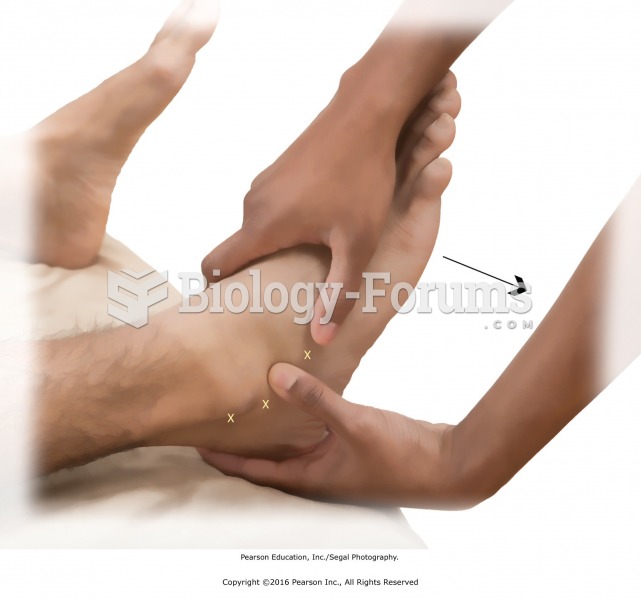|
|
|
Aspirin may benefit 11 different cancers, including those of the colon, pancreas, lungs, prostate, breasts, and leukemia.
Fungal nail infections account for up to 30% of all skin infections. They affect 5% of the general population—mostly people over the age of 70.
Adult head lice are gray, about ? inch long, and often have a tiny dot on their backs. A female can lay between 50 and 150 eggs within the several weeks that she is alive. They feed on human blood.
Many medications that are used to treat infertility are injected subcutaneously. This is easy to do using the anterior abdomen as the site of injection but avoiding the area directly around the belly button.
Fatal fungal infections may be able to resist newer antifungal drugs. Globally, fungal infections are often fatal due to the lack of access to multiple antifungals, which may be required to be utilized in combination. Single antifungals may not be enough to stop a fungal infection from causing the death of a patient.
 Drape recipient for abdominal massage. Tuck drape along sides for secure anchoring. Do not expose ...
Drape recipient for abdominal massage. Tuck drape along sides for secure anchoring. Do not expose ...
 Tummy rock. Standing on the recipient’s right side, rest your left hand on the forehead and your ...
Tummy rock. Standing on the recipient’s right side, rest your left hand on the forehead and your ...





